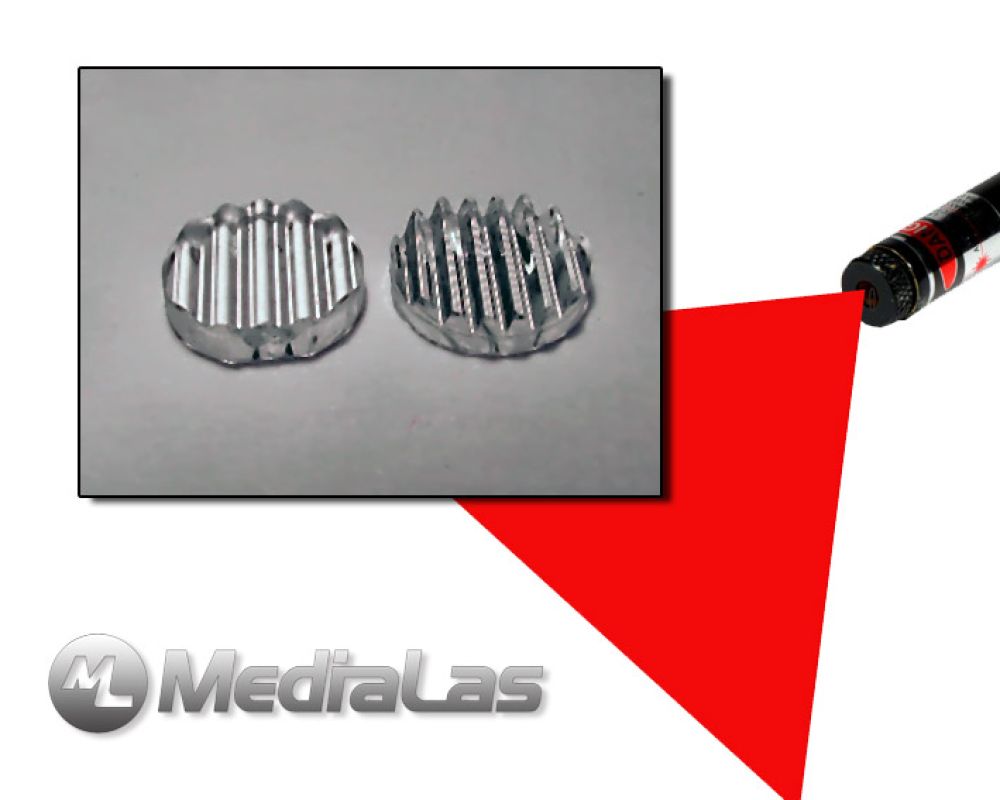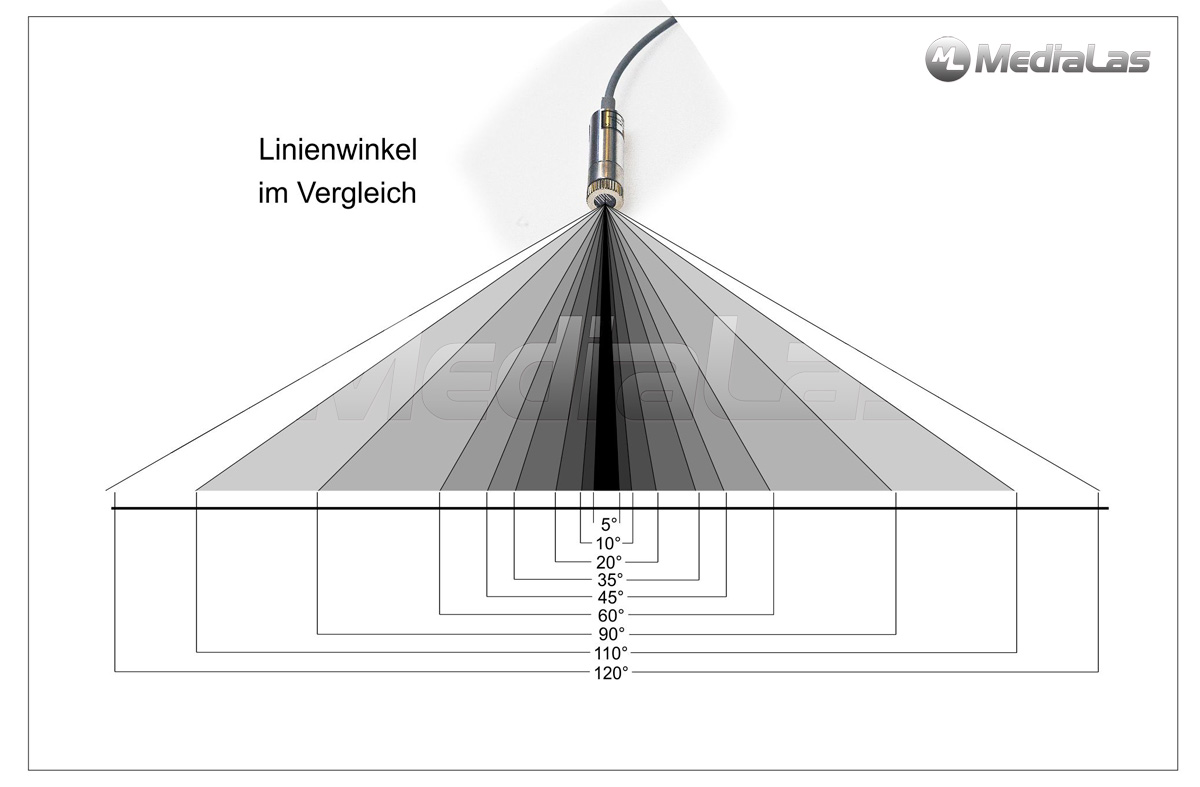Contents

Source: Lasershop.de
Understanding Laser Line Optics
Introduction to Laser Line Optics
Laser line optics refer to optical components specifically designed for use with certain laser wavelengths. These components are crucial for manipulating and controlling laser beams in various applications.
Types of Laser Line Optics
There are several types of laser line optics available, including:
- Laser mirrors
- Polarizers
- Waveplates
- Beam collimators
- Beam shapers
- Optical filters
- Optical windows
Functionality and Importance
Laser line optics are essential for achieving high reflectivity, polarization control, beam shaping, and wavelength filtering in laser systems. These components play a critical role in optimizing the performance of lasers for various scientific, industrial, and medical applications.
Wavelength Restrictions and Coatings
The design of laser line optics is often constrained by wavelength-dependent properties of dielectric coatings. While broadband coatings can offer a wider range of operation wavelengths, narrowband coatings are preferred for their superior performance, especially in specific wavelength regions. Components like waveplates, birefringent tuners, and diffractive optics are also subject to wavelength restrictions.
Availability and Common Laser Wavelengths
Laser line optics are typically designed for common laser wavelengths, such as:
- UV (Ultraviolet)
- Visible
- NIR (Near-Infrared)
- MIR (Mid-Infrared)
Conclusion
Understanding laser line optics is crucial for harnessing the full potential of laser systems across various fields. By utilizing specialized optical components tailored to specific laser wavelengths, researchers and engineers can achieve precise control and manipulation of laser beams for diverse applications.

Source: Lasershop.de
Feel free to comment your thoughts.



